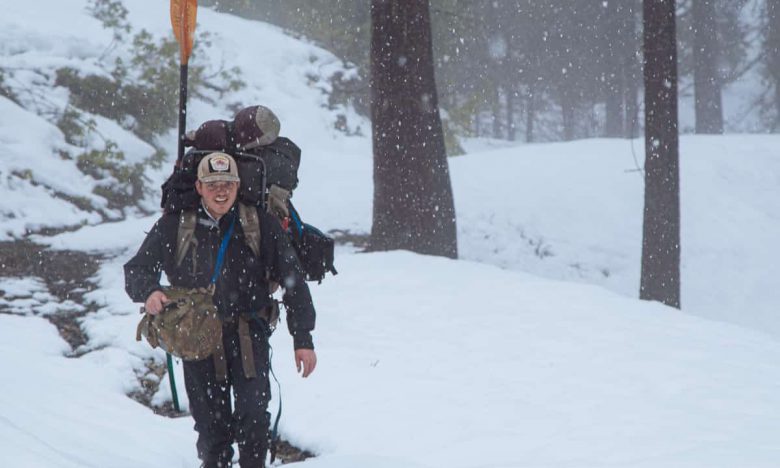The Kalmiopsis Wildlands is located near the southwest Oregon coast, headwaters for three amazing National Wild and Scenic Rivers. These rivers have unique geology, flora, and fauna, making them in turn incredibly exceptional places to explore. As a raft guide and whitewater paddler, I can’t wait to go boating in the Kalmiopsis. I feel strongly that they need extra protection to remain pristine, especially from mining.
The Kalmiopsis is Unique
An ecosystem is complicated and interconnected, it is difficult to understand how different aspects influence each other. While this holds true for the Kalmiopsis, a few of the area’s special qualities highlight the important connections between land, water, living things, and recreation.
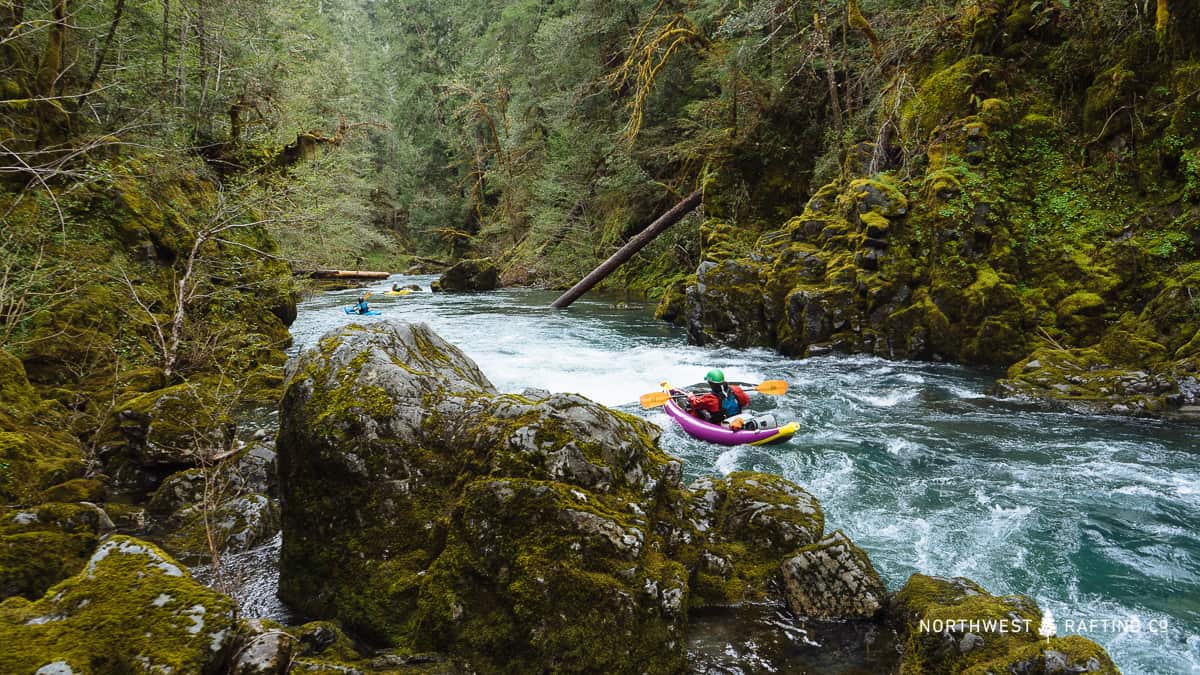
The Kalmiopsis Ecosystem
The Kalmiopsis’ rugged landscape was formed from the ocean’s crust by a group of minerals known as serpentine. When serpentine weathers (wears down), it forms minimal, minerally scarce soil known as “Serpentine Syndrome”. To adapt, some plants must seek nutrients from entirely different sources. For example, the rare carnivorous pitcher plant (Darlingtonia californica) digests insects to supplement its diet. Many plants in the Kalmiopsis are hard if not impossible to find anywhere else.
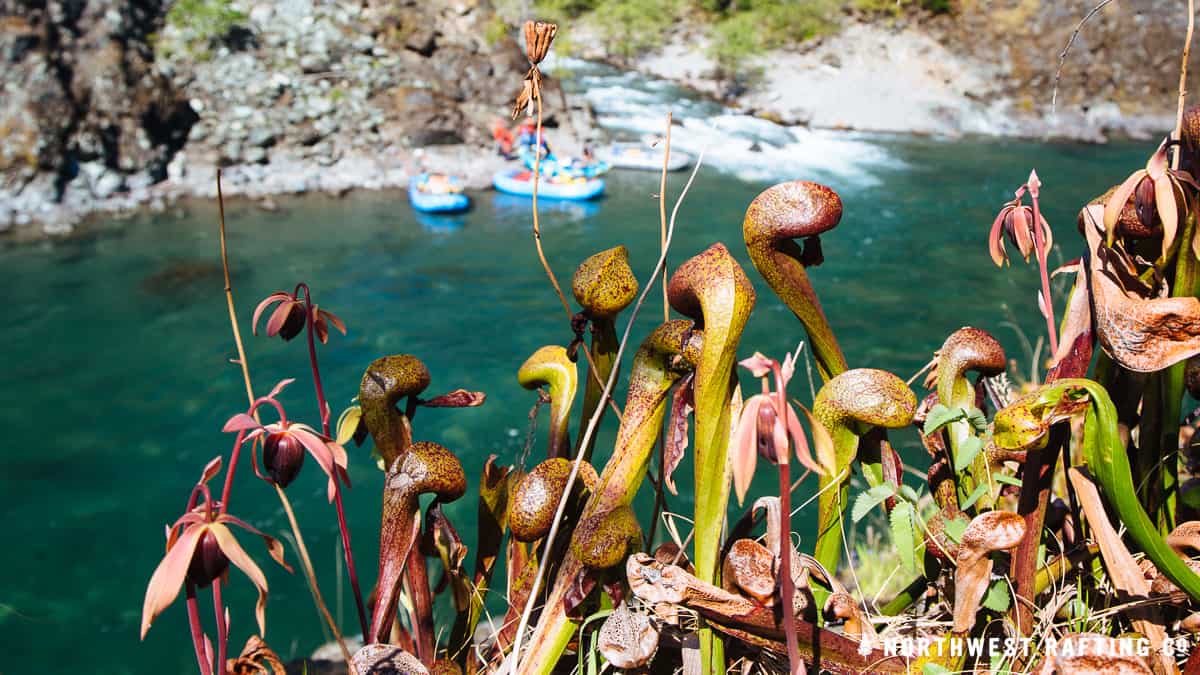
In turn, minimal soils impact river character. The waterways in and around the Kalmiopsis Wilderness are pristine. Rainfall either flows around serpentine to recharge the aquifer, or straight into tributaries carrying very little sediment. The Chetco River one of the cleanest drinking water sources in Oregon, supplying the Brookings and Hastings coastal communities. Pictures of boaters on the Chetco River look like the paddlers are simply floating in space.
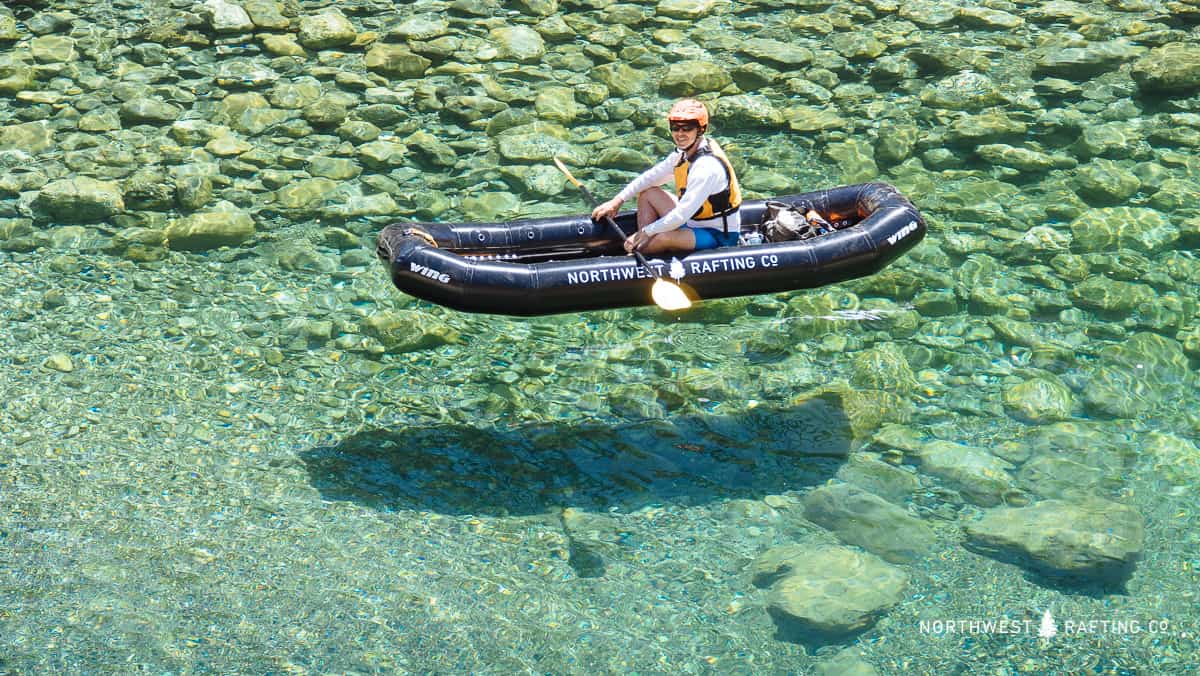
Moreover, clean, clear, and cold water is also essential for aquatic life. The Illinois is one of only two rivers in Oregon (the other the North Fork John Day) without hatchery supplementation – salmon still travel unadulterated upriver. Salmon and steelhead are for other organisms like soils are for plants. Once they spawn, their bodies replenish the area with needed nutrients from the ocean. These fish grow up, travel away, but finally return to die where they first hatched in the Kalmiopsis. Thus they feed fishermen and other life to provide for the next generation.
While this is a simple portrayal of a complex chain, each unique environmental trait informs and explains another to create the Kalmiopsis. These inimitable qualities are what makes recreation so viable and enjoyable.
Boating in the Kalmiopsis
Recognizing the Kalmiopsis’ unique characteristics leads to fantastic experiences on fantastic whitewater trips. For example, the Illinois River is a whitewater jewel. Challenging rapids meet the Kalmiopsis scenery for a true wilderness trip. Even wilder, the Chetco River is more remote than the Illinois and requires a difficult hike in. It provides an incredible number of technical rapids and crystal-clear water. Finally, the North Fork of the Smith River flows into California, where people flock there to enjoy its cool water and paddle its gorges. In response, California has designated this river and all its tributaries a National Recreation Area.
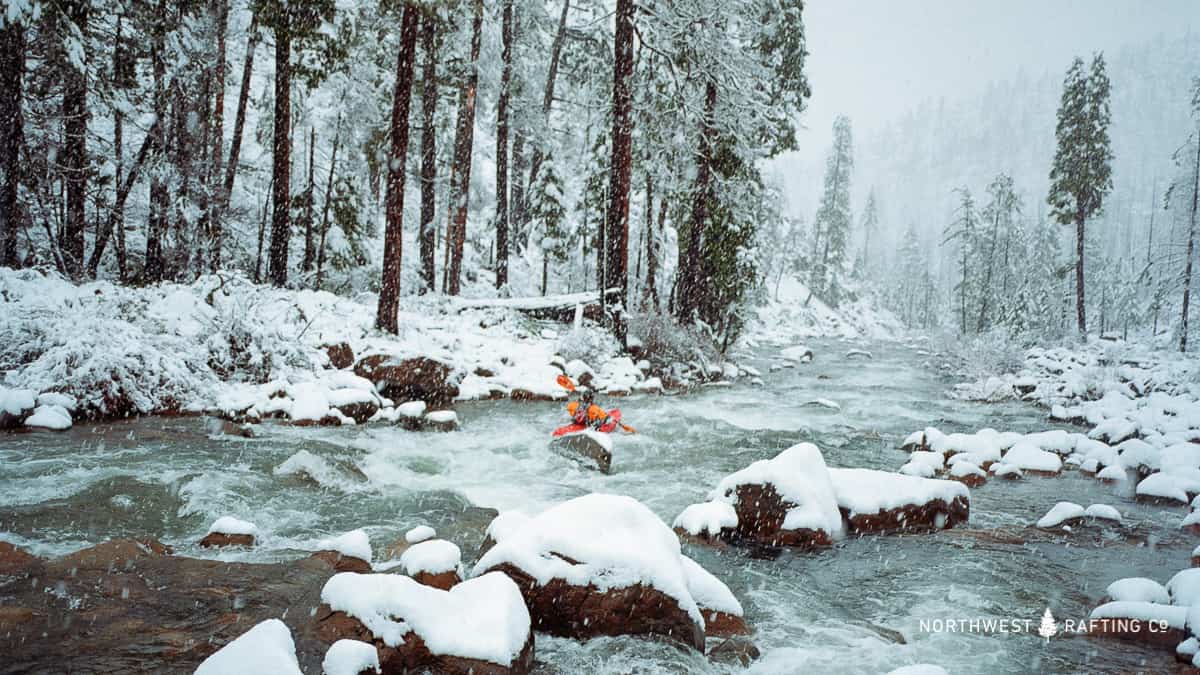
Boating adventures in the Kalmiopsis and Smith Recreation Area occur year-round. Many rivers are paddled in the winter. These rivers include Baldface Creek, Rough and Ready Creek, and Josephine Creek (tributaries to the North Fork Smith, Illinois) which are all rugged, special, and have pristine water quality.
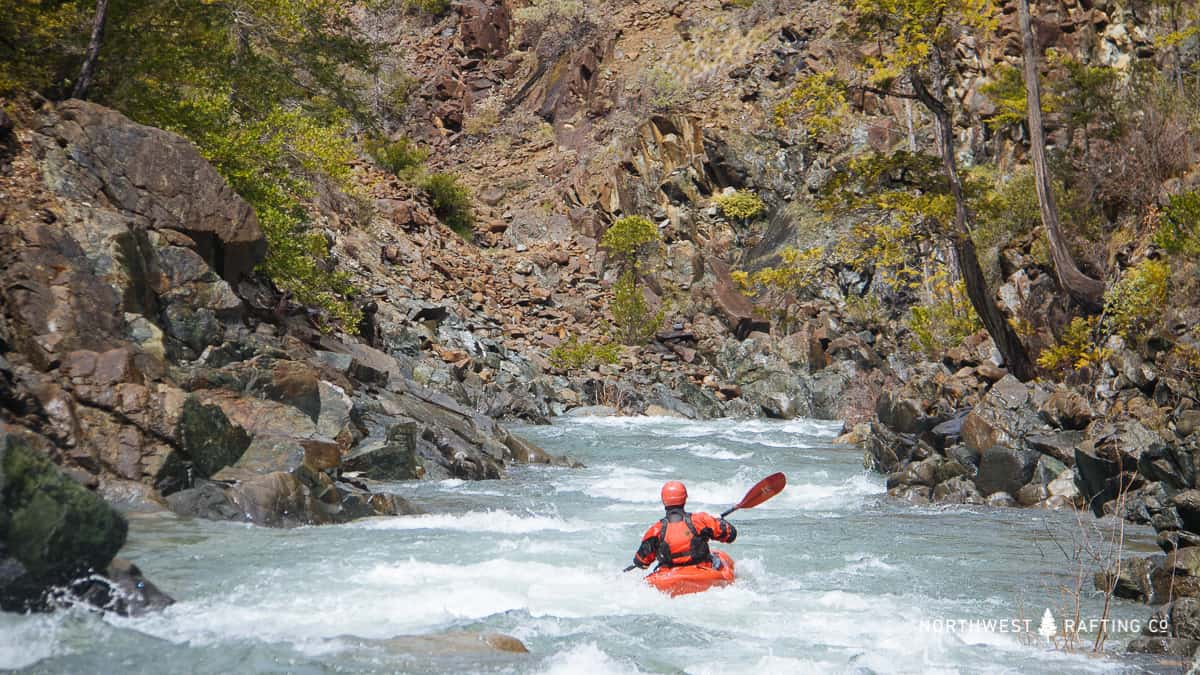
More accessible sections allow locals and visitors to fish, kayak, and watch salmon. There is also great hiking in the Kalmiopsis. Among the multitudes of trails includes the Illinois River Trail or a hike into Carter Creek.
Keeping the Kalmiopsis Unique
To protect this extraordinary landscape and its amazing water quality, we need to conserve the whole watershed. Yet a substantial section of land (in the Illinois and Chetco headwaters) surrounding the Wilderness Area is unprotected and facing mining threats.
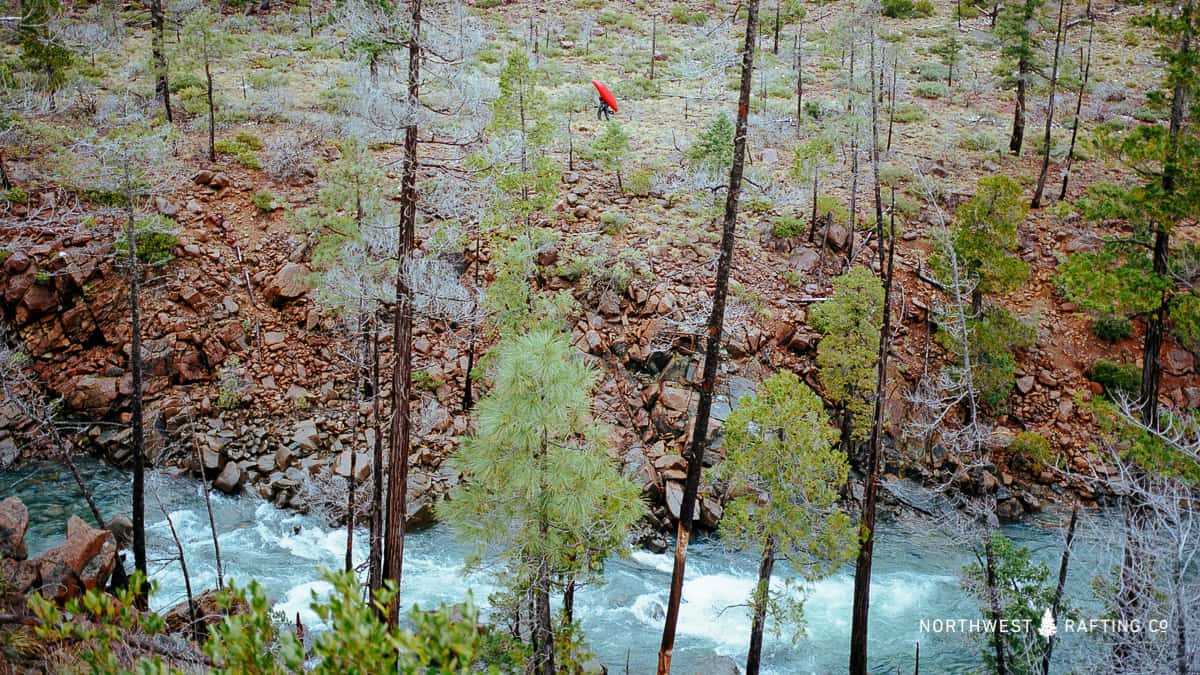
Called The South Kalmiopsis Roadless Area, the same geology making the Kalmiopsis unique also threatens it.
Wild and Scenic River Protection
Locals, businesses, and organizations have worked for decades to protect the Kalmiopsis. Currently, Senator Ron Wyden has proposed the latest piece, receiving over 15,000 nominations from the public for new Oregon Wild and Scenic designations. Located in this unprotected South Kalmiopsis Roadless Area, Baldface Creek, Rough and Ready Creek, and Josephine Creek are already deemed eligible by U.S. Forest Service studies. Luckily, they are currently included in the bill!
South Kalmiopsis Permanent Mining Withdrawal
Like the creeks, the South Kalmiopsis Roadless Area has already proven to be valuable just as it is. The Forest Service recommended the area for wilderness in 2004. The Obama administration closed part of this area in 2016 to new mining for 20 years while Congress considers lasting protection.
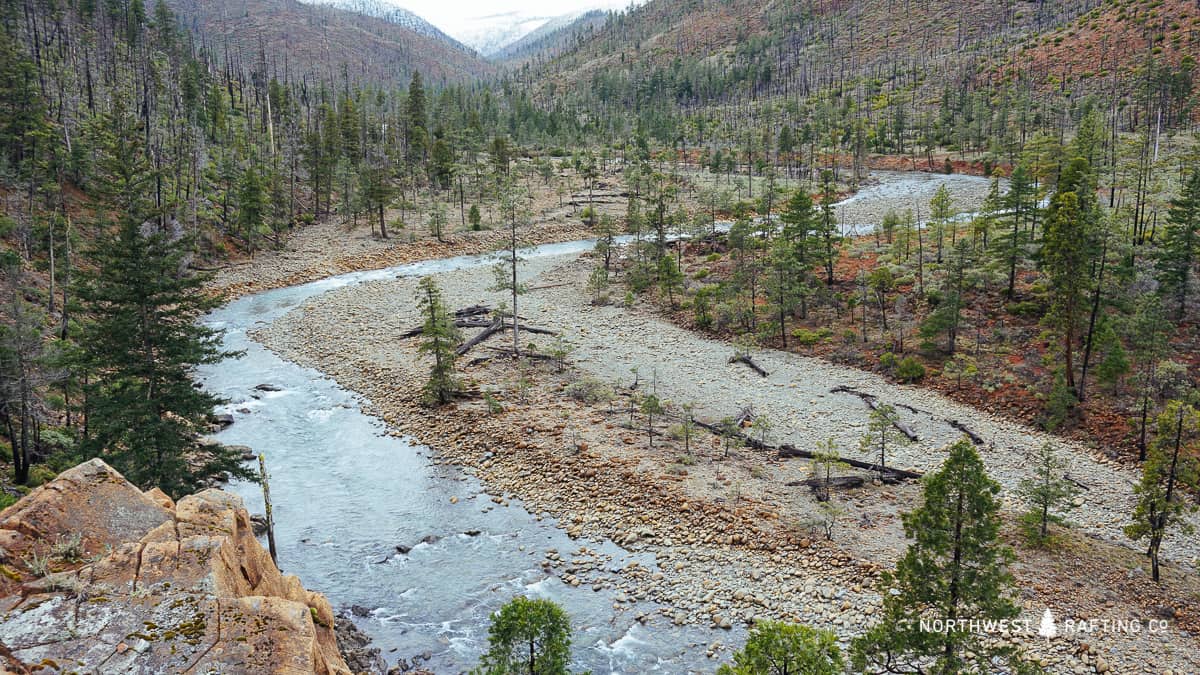
A mine in headwaters can cause cascading effects down the entire watershed. According to the 2017 EPA report, metal mining was responsible for 50% of all toxic pollution in the United States. Unfortunately in Southern Oregon, the 8500 acres of claims in the South Kalmiopsis would also set back decades of protections. While current legislation, called The River Democracy Act (S.192), proposes removing the Wild and Scenic River corridors from new mining, Congress needs to finish the job. Ask our Congresspeople to pass the River Democracy Act. Also include the need to expand and transform the temporary mining withdrawal into a permanent one.
Because I care about Oregon water, I care about the land as well. Increasing river protections and permanently withdrawing mining projects reflects the intertwining land and water connection in the Kalmiopsis. It could also finally protect the South Kalmiopsis, keeping the entire watershed clean. Each natural quality in the Kalmiopsis in turn informs and links aspects of other. I hope understanding the Kalmiopsis’ unique characteristics can help us better protect it for the future.
